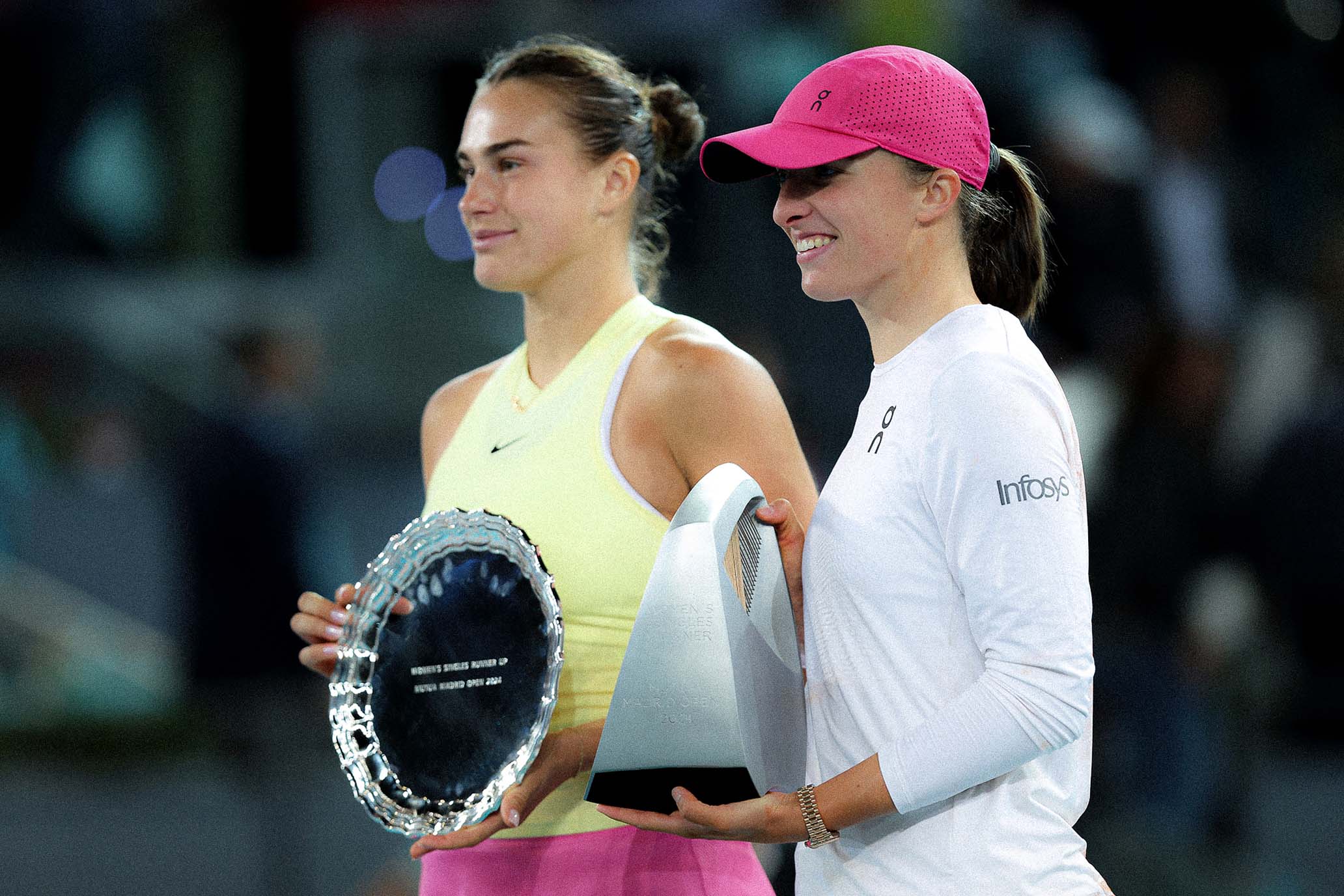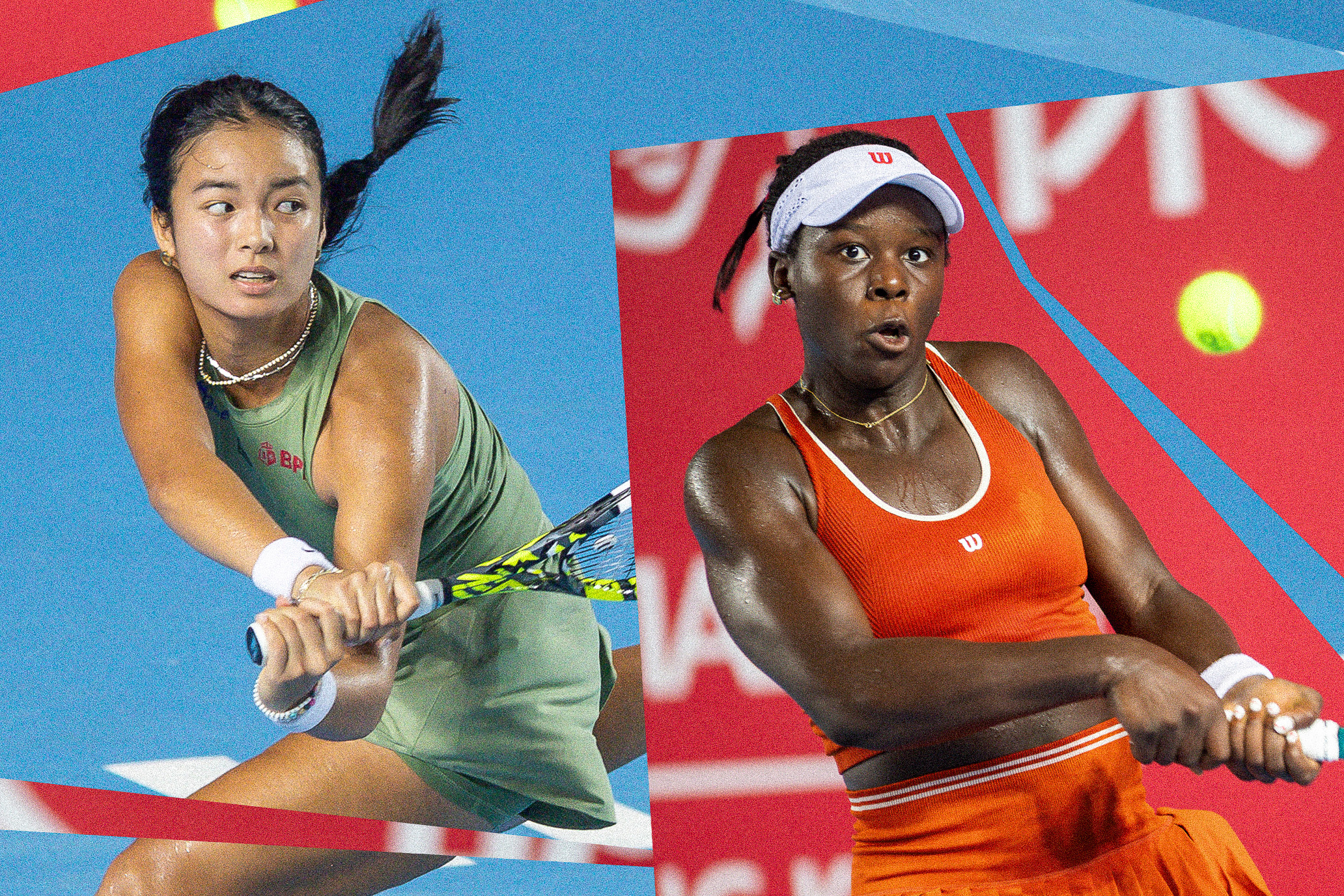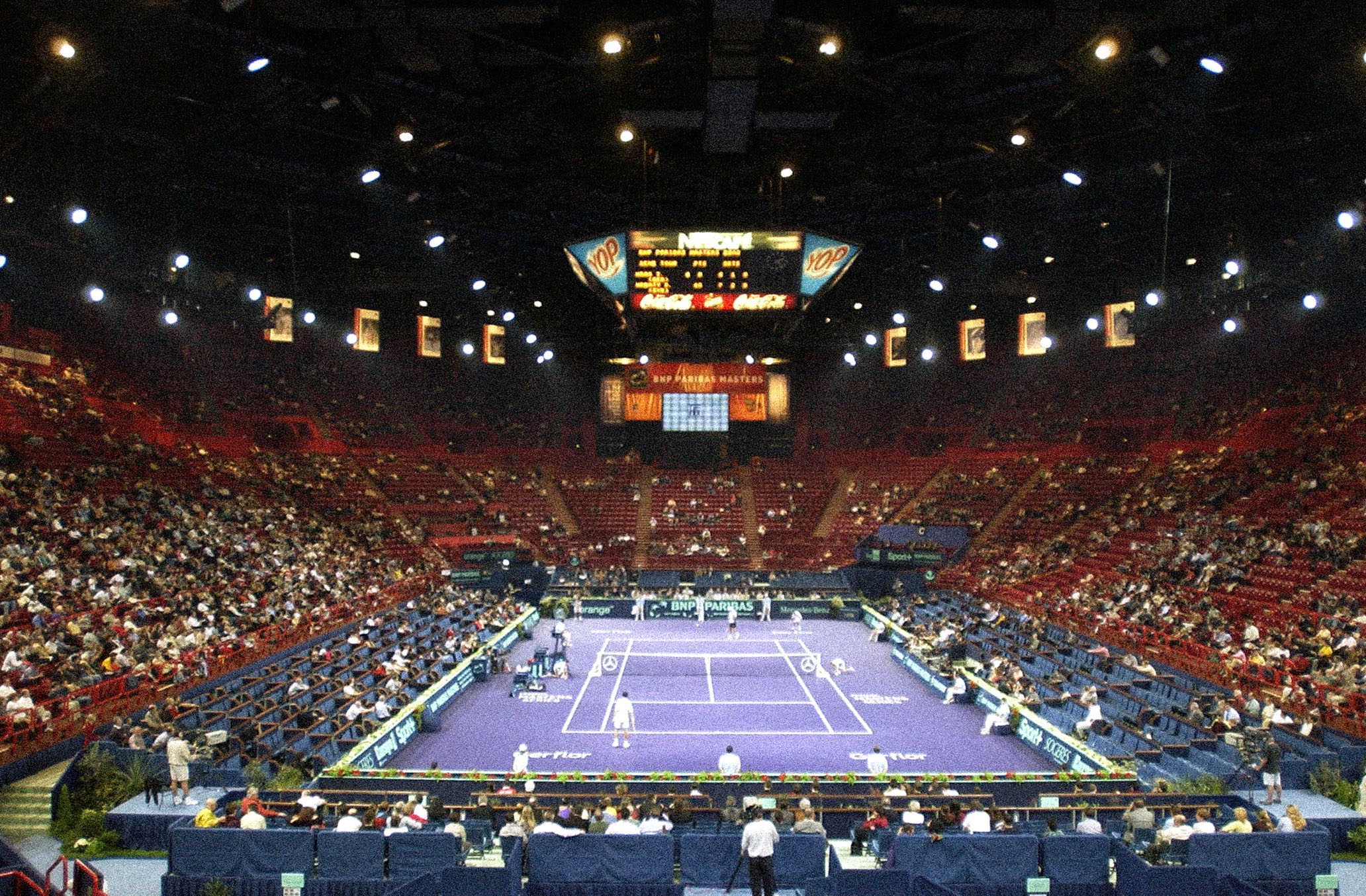Sabalenka and Swiatek: The Great Rivalry That Isn’t
Sabalenka and Swiatek: The Great Rivalry That Isn’t
The two best players on the WTA Tour should be a matchup for the ages. So far it hasn’t been.
The two best players on the WTA Tour should be a matchup for the ages. So far it hasn’t been.
By Owen LewisSeptember 17, 2025

Aryna Sabalenka and Iga Swiatek after their epic clash in Madrid, 2024. // Getty

Aryna Sabalenka and Iga Swiatek after their epic clash in Madrid, 2024. // Getty
I can think of no other explanation: There is a curse on the Iga Swiatek–Aryna Sabalenka rivalry. They have shared seven of the last 12 major titles on the WTA Tour. They have hoarded the No. 1 ranking since early 2022, ceding it only to each other since Swiatek first scaled the mountain in April that year. They have played cinematic, all-consuming three-setters in the late rounds of majors and the finals of the Madrid Open. Their rivalry will decide the better player between them, but likely also the best player of the generation. Swiatek leads every meaningful statistical category: She has more majors, has more weeks at No. 1, leads the head-to-head, and is three years younger. But over the past three years, Sabalenka has gone deep at every single major and might even have matched or exceeded Swiatek’s major-title count had she been able to consolidate more leads in semifinals and finals. During this stretch, my eyes have told me Sabalenka is the better player.
I’m really guessing when I say that, though, because Sabalenka and Swiatek have played just once this year, and only two of their 13 matches were at majors. Neither of those was in a final.
Roland-Garros in 2023 should have been the moment. Swiatek, untouchable clay empress, breezed to the final. Sabalenka, who had just won the Australian Open, had Karolina Muchova pinned at 5–2 and match point in the third set of their semifinal. She didn’t convert the match point, got broken, then failed to win a point against Muchova’s serve when she had the opportunity to break for the match. With Sabalenka serving at 5–5, 40–15 and a tiebreak in sight, the ship seemed cautiously upright once again. Not so: Sabalenka double-faulted away both game points and lost the third set 7–5. Sabalenka has authored several spectacular collapses in similar moments, but this remains her signature meltdown.
Okay, we thought. A freak choke, but they’d make the major final happen before long. An unexpectedly dramatic Swiatek–Muchova final made us forget all about the loss. But the ensuing hard-court majors failed to produce the matchup, too. This time it was Swiatek suffering upset losses that again kiboshed the matchup. Back in Paris in 2024, Sabalenka picked up a stomach bug and slid out in the quarterfinals—the only time in two years she’d departed a major before the last four. Jasmine Paolini was waiting in the semis, whom Sabalenka likely would have crushed to meet Swiatek in the final.
The 2025 Australian Open prolonged the tease to the point of agony. Sabalenka had looked well below her best for most of the tournament but played an authoritative semifinal to make her third straight title match in Melbourne. Swiatek, razor-sharp for the first five rounds, chiseled out a match point on serve in the third set of her semifinal against Madison Keys. Once again, we were one point away from Sabalenka–Swiatek in a major final, and this time it seemed a lock: Swiatek had never lost from match point up before in her professional career. Naturally, she did here, because of the curse. (Also Keys’ boulder-heavy ground strokes.) Swiatek led the fateful 10-point tiebreak all the way up until 8–7, only to lose the final three points. I saw that Sabalenka–Swiatek final die in person, courtesy of a ticketed fan departing early. I stared raptly at Rod Laver Arena’s luminous blue rectangle for the last half hour of Swiatek–Keys, unable to conceive of Swiatek losing until Keys held a match point herself.
Tennis fans often mention that Roger Federer and Rafael Nadal never played at the U.S. Open—they won nine titles in Flushing between the two of them, but somehow never played. Four times Federer held a match point over Novak Djokovic to get to Nadal, four times he lost the point. In 2013 the dream matchup was foiled by a man named Tommy Robredo, who hadn’t beaten Federer in ten tries. These fans, frankly, would not have dared call the opposing magnetic forces embroiling Federer and Nadal a “curse” had they known what was to come with Swiatek and Sabalenka. Both players missing match points that would have locked in the dream final? A literal plague taking the edge off Sabalenka at Roland-Garros in 2024? It was too unlikely to be anything other than dark sorcery.
I’d respect the tennis gods for their sheer stubbornness if they weren’t depriving me of indelible memories from Sabalenka–Swiatek matches. When these two play, the intensity is weighty and constant, even in blowouts. Last year, Sabalenka crushed Swiatek in Cincinnati in her easiest win of the whole rivalry—but Swiatek still saved an astonishing nine match points, forcing Sabalenka to hit a wickedly angled backhand return winner to convert the 10th. And who could forget their 2024 Madrid final, the best match of the year? One point from victory, Sabalenka hit a deep return that figured to set her up to attack on the next shot, only to watch Swiatek pound it for a winner herself. Sabalenka has no shortage of nightmare-fueling losses in huge matches; this is one of a very few she can look back on and honestly tell herself she did nothing wrong.
The lone edition of the rivalry this year, in the Roland-Garros semifinals, was played at an impossible standard of precision and proaction. It felt like watching surgery, and only partly because I had a writing assignment that depended on Swiatek losing at the clay major for the first time in three years. This was the highest-level WTA match of the year, a subpar Iga notwithstanding. Sabalenka played with raw, determined aggression to punch through Swiatek’s defenses. She didn’t even hit the hardest forehands of the day, so desperate and willing was Swiatek to take the initiative first. Each shot that failed to squarely hit its target was promptly punished. The match was a searing reminder of the magic Sabalenka and Swiatek can generate together. They have not played since.
This is not entirely the fault of the top two. The depth of talent and quality on the WTA makes the tour consistently thrilling to watch but is not especially conducive to recurring matchups. (Not like the shallow ATP, where Alcaraz–Sinner finals are likelier to be derailed by assorted physical ailments than another tennis player.) Amanda Anisimova and her wrecking-ball backhand spoiled the party at both Wimbledon and the U.S. Open. There is no shame in losing to her, or to the other players who have spoiled the dream matchup this season.
But watching Sabalenka and Swiatek play beautifully around each other without engaging directly does leave me wanting, and not just for their on-court harmonies but for a concrete answer of which player is better. This battle likely won’t have a clear winner for several years but has me transfixed. If only it weren’t being fought at long range.



